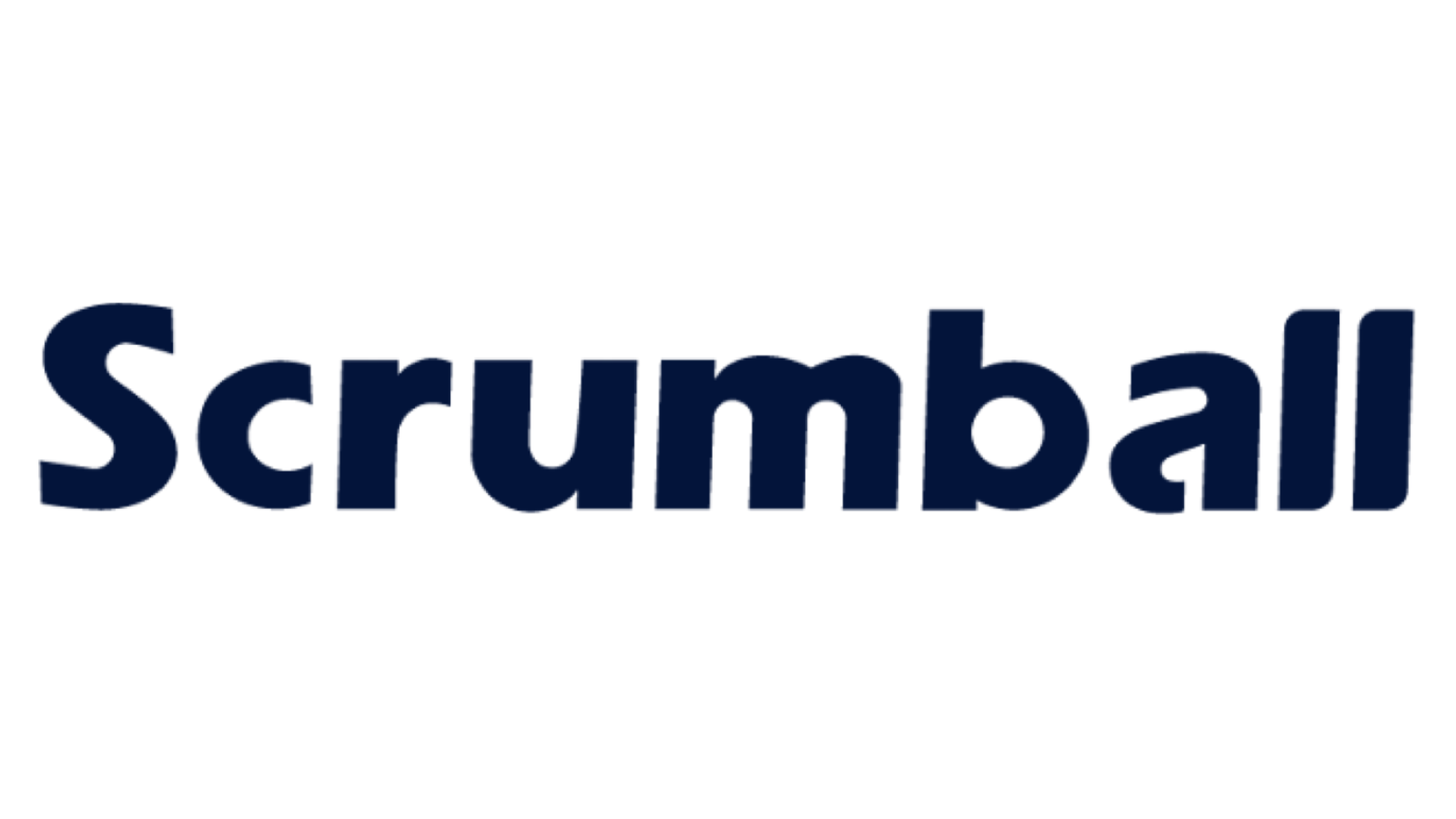Top Tips for Choosing Marketing Automation Software in 2025

Choosing the right software for marketing automation in 2025 can make or break your business. With 75% of companies already using marketing automation software, staying competitive means adopting tools that streamline your processes and deliver results. The right platform doesn’t just save time—it transforms how you connect with customers.
Imagine delivering personalized content that speaks directly to your audience’s needs. Marketing automation enables this by using customer data to boost engagement and build lasting relationships. It also helps you qualify leads, automate communication, and improve retention. These features ensure your business stays ahead while optimizing ROI.
Essential Factors to Consider

Align Software with Business Goals
Addressing pain points in current marketing processes.
Before choosing software for marketing automation, take a close look at the challenges your business faces. Are you struggling to measure ROI? Maybe your marketing and sales teams aren’t on the same page, or you’re dealing with low-quality leads. These are common pain points that automation can solve. For example, it can unify your marketing and sales efforts, streamline repetitive tasks, and improve lead quality. By addressing these issues, you’ll save time and resources while creating a more efficient workflow.
Ensuring the software supports your marketing objectives.
Your marketing automation platform should align with your goals. Whether you want to create personalized campaigns, reduce costs, or improve conversions, the right platform can help. Businesses using automation report a 451% increase in qualified leads, which means better results for your efforts. Look for features that unify your channels, ensuring consistent messaging and a seamless customer journey. This alignment will help you achieve sustainable growth.
Prioritize User-Friendliness
Importance of an intuitive interface for team productivity.
A user-friendly platform makes all the difference. If your team struggles to navigate the software, productivity will suffer. Choose a platform with an intuitive interface that’s easy to learn. A clean design and clear instructions help your team adapt quickly. This simplicity reduces training time and boosts efficiency, allowing your team to focus on what matters most—your customers.
Availability of training and support resources.
Even the best software can feel overwhelming without proper support. Look for providers that offer training resources, like tutorials or webinars. Reliable technical support is also essential. Regular updates and maintenance ensure smooth operation, so your team can stay productive without interruptions. These resources make the transition to a new platform much easier.
Budget Considerations
Balancing cost with key features and functionality.
Budget plays a big role in your selection process. While it’s tempting to go for the cheapest option, it’s important to balance cost with the features you need. For example, tools like Mailchimp start as low as $6 per month, while advanced platforms like Pardot can cost up to $20,000. Consider what your business truly needs and choose a platform that offers the best value for your investment.
Accounting for hidden costs like upgrades or add-ons.
Don’t forget about hidden costs. Some platforms charge extra for additional automation rules or file storage. These fees can add up quickly, especially if your business grows. Make sure you understand the full cost of ownership before committing. This will help you avoid surprises and stick to your budget.
Evaluate Scalability
Ensuring the platform grows with your business.
Your marketing automation platform should grow alongside your business. As your customer base expands, you’ll need tools that can handle increased data and more complex workflows. Scalable platforms like ActiveCampaign, Omnisend, and HubSpot are great options. They offer flexible pricing and features that adapt to your needs, whether you’re a startup or an enterprise. For instance, Omnisend provides a free plan for smaller businesses and affordable automation packages as you scale. Choosing a scalable solution ensures you won’t outgrow your software too quickly.
Adapting to evolving marketing needs.
Marketing trends change fast. Your platform must keep up with these shifts to stay relevant. Look for software that integrates with essential tools like CRM systems and analytics platforms. This integration allows seamless data sharing and a complete view of customer interactions. Regularly review your strategy and align it with your business goals. Platforms like Marketo and Eloqua excel at adapting to evolving needs, offering advanced customization and integration capabilities. Staying flexible ensures your marketing efforts remain effective.
Assess Integration Capabilities
Compatibility with existing tools and platforms.
Integrations are a key factor when selecting software for marketing automation. Your platform should work well with tools you already use, like Salesforce, Zoho CRM, or HubSpot. These integrations create a unified system, making it easier to manage customer data and track performance. For example, Salesforce allows shared dashboards, enabling better collaboration between teams. Compatibility ensures your tools work together seamlessly, saving you time and effort.
Seamless data sharing across systems.
Smooth data sharing is essential for effective marketing automation. When your systems communicate effortlessly, you get a clearer picture of your customers. This helps you create personalized campaigns and improve decision-making. Invest in platforms with robust integration capabilities to avoid data silos. HubSpot’s CRM integration is a great example, offering a unified view of customer interactions. By ensuring seamless data sharing, you’ll enhance your marketing efficiency.
Security and Compliance
Protecting customer data and meeting regulatory standards.
Data security and compliance are non-negotiable. Marketing automation platforms handle sensitive customer information, making them a target for breaches. Recent incidents, like those in the healthcare sector, highlight the risks of inadequate security. Choose software with strong encryption, authentication processes, and role-based access. Compliance with laws like GDPR and CCPA is also crucial to avoid fines and protect your reputation. Prioritize platforms with proven security measures to safeguard your data.
Vendor’s security protocols and certifications.
Before committing to a platform, evaluate the vendor’s security protocols. Certifications like ISO 27001 or SOC 2 indicate a commitment to data protection. These certifications ensure the vendor follows best practices for security and compliance. Ask about their protocols for handling breaches and maintaining system integrity. A secure platform not only protects your customers but also builds trust in your brand.
Onboarding and Support
Availability of onboarding assistance for smooth implementation.
Switching to a new marketing automation platform can feel overwhelming, but the right onboarding support makes all the difference. Many businesses face challenges like integrating new software with existing systems or managing data quality. Without proper guidance, these hurdles can slow down your progress. That’s why you should choose a platform that offers hands-on onboarding assistance.
Look for providers that guide you through setup, integrations, and workflow customization. Some platforms even assign dedicated onboarding specialists to help you hit the ground running. This ensures your team understands the software and starts seeing value quickly. Remember, a smooth implementation sets the stage for long-term success.
Tip: Platforms with robust onboarding programs reduce the risk of product abandonment and help you realize value faster.
Ongoing customer support and troubleshooting services.
Even after onboarding, you’ll need reliable support to keep things running smoothly. Issues like poor data quality or technical glitches can disrupt your marketing efforts. A platform with 24/7 customer support ensures you’re never left stranded. Whether it’s troubleshooting a problem or learning a new feature, responsive support keeps your team productive.
Check if the provider offers multiple support channels, like live chat, email, or phone. Some platforms also provide self-help resources, such as FAQs and video tutorials. Continuous support not only resolves issues but also helps you optimize your marketing automation over time.
Key Features and Functionality
Automation of email campaigns, lead scoring, and analytics.
The best software for marketing automation simplifies your daily tasks. Imagine automating email campaigns that target customers based on their behavior or preferences. You can also score leads to prioritize high-value prospects and move them through the sales funnel efficiently. Platforms with robust analytics let you track customer behavior and campaign performance. This data helps you refine your strategies and achieve better results.
Did you know? Businesses using marketing automation report higher engagement and conversion rates thanks to features like lead scoring and personalized emails.
Customization options for unique business needs.
Every business is different, and your marketing automation platform should reflect that. Customization options allow you to tailor workflows, messages, and campaigns to fit your specific goals. For example, you can automate personalized interactions, like sending birthday emails or follow-ups based on customer actions. This level of personalization boosts engagement and makes your marketing more effective.
Without customization, your efforts might feel generic and less impactful. Choose a platform that adapts to your needs and grows with your business. This flexibility ensures your marketing stays relevant and resonates with your audience.
Common Mistakes to Avoid

Focusing Solely on Price
Why the cheapest option may not meet your needs.
It’s tempting to pick the cheapest software for marketing automation, but this can backfire. A low-cost platform might lack essential features, leaving you unable to run effective campaigns or generate high quality leads. Poor customer support is another common issue with budget options, which can make setup and troubleshooting a nightmare. Over time, hidden costs like upgrades or add-ons can pile up, turning your “affordable” choice into a financial burden.
Tip: Always think about the long-term value. A platform that supports lead generation and sales conversion will deliver better ROI than one that just saves you a few bucks upfront.
Balancing affordability with functionality and ROI.
Balancing cost with functionality is key to making a smart selection. Start by identifying your business needs and aligning them with the platform’s capabilities. Free trials and demos are a great way to test tools before committing. They let you evaluate features like reporting and analytics or lead scoring to ensure the software meets your goals. Also, ask vendors about the average ROI their customers achieve. This helps you gauge whether the investment will pay off in the long run.
Overlooking User Experience
The impact of a complex interface on team adoption.
A clunky interface can frustrate your team and slow down adoption. If the software feels too complicated, your team might avoid using it altogether. This leads to wasted resources and missed opportunities for improving sales conversion. Worse, it could result in irrelevant campaigns that disengage your audience. A user-friendly platform ensures your team can focus on creating impactful strategies instead of struggling with the tool.
Importance of testing the software before purchase.
Testing is crucial. Free trials and demos let you explore the software’s usability and integration with your existing tools. During the trial, check how well it handles reporting and analytics or lead tracking. Also, evaluate the level of customer support. A responsive vendor can make all the difference when you hit a snag. Testing ensures you’re not stuck with a platform that doesn’t fit your needs.
Ignoring Scalability
Risks of outgrowing the software too quickly.
Choosing a platform that doesn’t scale with your business can create major headaches. As your customer base grows, you’ll need tools that can handle more data and complex workflows. Without scalability, you risk misaligned strategies and poor lead generation. This can hurt your sales conversion rates and limit your growth.
Future-proofing your investment.
To future-proof your investment, pick marketing automation tools that adapt to your evolving needs. Look for platforms with flexible pricing and customizable features. Consider your long-term goals and ensure the software can support them. This way, you won’t have to switch platforms every few years, saving you time and money.
Rushing the Decision
Importance of thorough research and comparison.
When it comes to marketing automation software, rushing your selection can lead to costly mistakes. You might end up with a platform that doesn’t meet your needs or lacks essential features. This can waste your time, money, and resources. Instead, take the time to research and compare your options. Look at reviews, case studies, and user testimonials. These can give you a clearer picture of how the software performs in real-world scenarios.
Do not rush this decision since a wrong decision will not only waste your resources but also your time and will enhance data management issues in the future. In a sea of options, it's easy to get overwhelmed and end up choosing an option that might seem a good fit apparently but can have limited functionalities or is not appropriate for your needs. This is a crucial decision hence it should not be made in haste.
Create a checklist of your must-have features and compare platforms side by side. Many providers offer free trials or demos. Use these to test the software’s usability, features, and compatibility with your existing tools. This hands-on experience can help you make a more informed decision.
Involving key stakeholders in the decision-making process.
Don’t make this decision alone. Involve your team and other key stakeholders early in the process. They’ll bring valuable insights about the challenges they face and the features they need. For example, your sales team might prioritize lead scoring, while your marketing team might focus on email automation.
Hold meetings to discuss everyone’s priorities and expectations. This ensures the software you choose aligns with your business goals and satisfies all departments. When your team feels involved, they’re more likely to embrace the new platform. Collaboration leads to better decisions and smoother implementation.
Choosing the right marketing automation software isn’t just about ticking boxes—it’s about aligning the tool with your business goals to unlock its full potential. When you match the software to your objectives, you gain benefits like streamlined workflows, better lead nurturing, and enhanced personalization. Here’s a quick look at how this alignment pays off:
| Benefit | Description |
|---|---|
| Efficiency | Saves time by automating repetitive tasks, letting you focus on strategy. |
| Improved Lead Nurturing | Ensures leads are nurtured effectively and handed off at the right time. |
| Enhanced Personalization | Delivers tailored customer experiences that drive engagement. |
| Better Collaboration | Aligns teams and simplifies workflows for smoother operations. |
Avoiding common mistakes is equally important. For instance, 58% of B2B marketers say quality data is key to maximizing automation tools. By focusing on clean data and aligning sales and marketing, you’ll turn leads into customers more efficiently. Setting clear goals for each automation effort also ensures better ROI tracking.
To prioritize long-term value, keep these strategies in mind:
- Align the tool with your business goals.
- Focus on scalability and ROI, not just price.
- Evaluate features, user-friendliness, and support.
- Use data analytics to guide decisions.
By taking a thoughtful approach, you’ll not only avoid costly mistakes but also set your business up for sustained success. So, take your time, involve your team, and choose a platform that grows with you. The right decision today will drive your marketing efforts for years to come.
FAQ
What is marketing automation software, and why do you need it?
Marketing automation software helps you streamline repetitive tasks like email campaigns, lead scoring, and analytics. It saves time, improves efficiency, and boosts customer engagement. If you want to scale your marketing efforts and achieve better ROI, this tool is a must-have.
How do you know if a platform is scalable?
Check if the software offers flexible pricing plans and advanced features as your business grows. Look for tools that handle increasing data and workflows without slowing down. Platforms like HubSpot and ActiveCampaign are great examples of scalable solutions.
Can small businesses afford marketing automation software?
Absolutely! Many platforms offer affordable plans tailored for small businesses. Tools like Mailchimp and Omnisend provide free or low-cost options. Start small, and upgrade as your needs grow. Always balance cost with essential features to get the best value.
How long does it take to implement marketing automation software?
Implementation time varies by platform and business size. With proper onboarding support, you can get started in a few weeks. Choose a provider that offers hands-on guidance to ensure a smooth transition.
What should you prioritize when testing software?
Focus on usability, integration, and key features like analytics and lead scoring. Use free trials to explore how the platform fits your needs. Don’t forget to test customer support responsiveness—it’s a lifesaver when issues arise.
Tip: Involve your team during testing to ensure the software meets everyone’s expectations.
See Also
15 Essential Influencer Marketing Platforms for 2024 Success
Comprehensive Tips for Choosing the Right Influencer Platform
Key Influencer Marketing Trends to Follow in 2024
Practical Influencer Marketing Data for Effective Strategies
20 Crucial Influencer Marketing Statistics Every Marketer Needs
